
Tuesday afternoon, Kīlauea’s summit awoke at 2:30 p.m. HST on November 25, hurling fountains of molten rock 400 feet into Halemaumau Crater. Janice Wei, a Park Service volunteer who has documented nearly every eruption this cycle, witnessed the moment with reverence.
“Every eruption feels like I am sitting in the front row at nature’s most extraordinary show,” according to Wei in public remarks to park officials. The rumble sounds like a roaring jet engine or crashing ocean waves—a sensory storm felt from over a mile away, captivating hundreds of thousands watching globally.
The 37th Eruption in Eleven Months
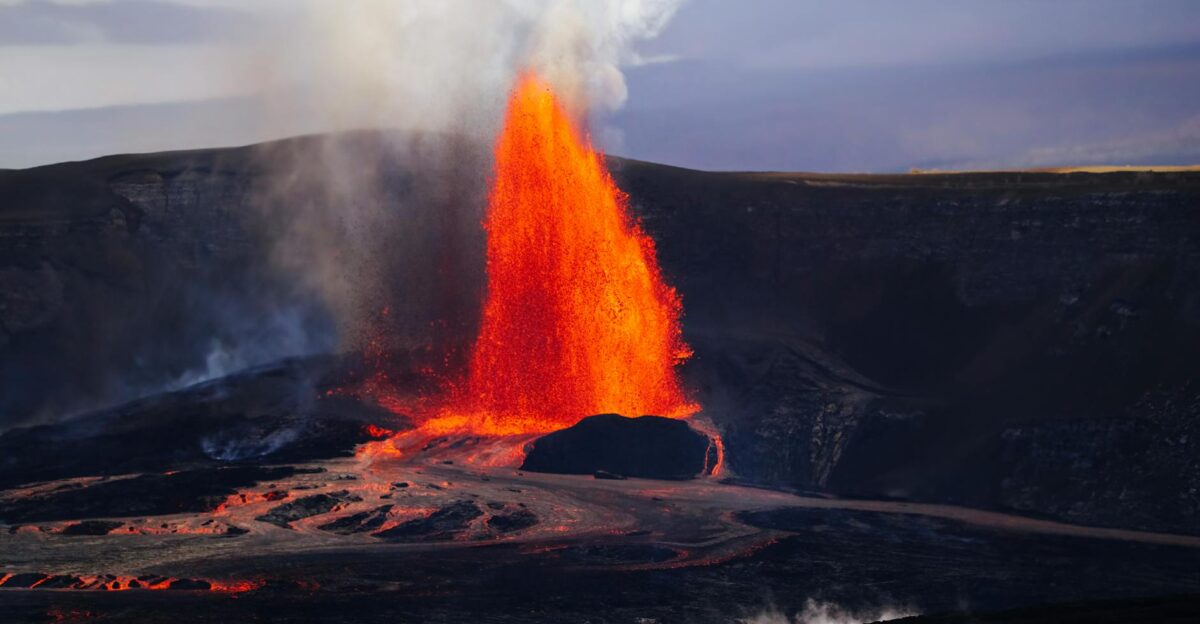
Since December 2024, Kīlauea has erupted 37 times, creating a rhythm volcanologists are still deciphering. The U.S. Geological Survey Hawaiian Volcano Observatory described this cycle as episodic lava fountaining, with each episode lasting about a day or less before pausing for several days. This consistency—roughly one eruption every nine days—has transformed the world’s most active volcano into a predictable natural theater.
“Episode 37 was preceded by small, sporadic spatter fountains and overflows beginning approximately 9:27 a.m. HST on November 21,” according to USGS monitoring data, with 76 separate overflows recorded before sustained fountaining commenced.
When Lava Reaches Skyscraper Heights

The 400-foot fountains from the north vent rank among the more impressive displays in this cycle, though not extreme. Past episodes have produced fountains exceeding 1,000 feet in height, generating eruptive plumes that rise 20,000 feet above ground, according to the Hawaiian Volcano Observatory.
The magma carries dissolved gases that expand as molten rock rises through narrow vents. This rapid gas release creates pressure that transforms lava into a fountain, propelling it skyward like a geyser of molten earth with explosive force.
A Sacred Crater, a Scientific Puzzle

Halemaumau Crater holds profound meaning in Native Hawaiian tradition—the sacred home of Pele, the volcano goddess. Today, it represents one of the most intensely monitored volcanic systems on Earth. Scientists at the Hawaiian Volcano Observatory track seismic tremors, measure summit tilt using GPS and tiltmeters, and calculate changes in magma volume.
“Seismic tremor increased significantly, and summit tilt switched from inflation to deflation” at the moment sustained fountaining began on November 25, according to USGS Observatory reports, helping researchers decode volcanic machinery at work.
Warnings and Whispers
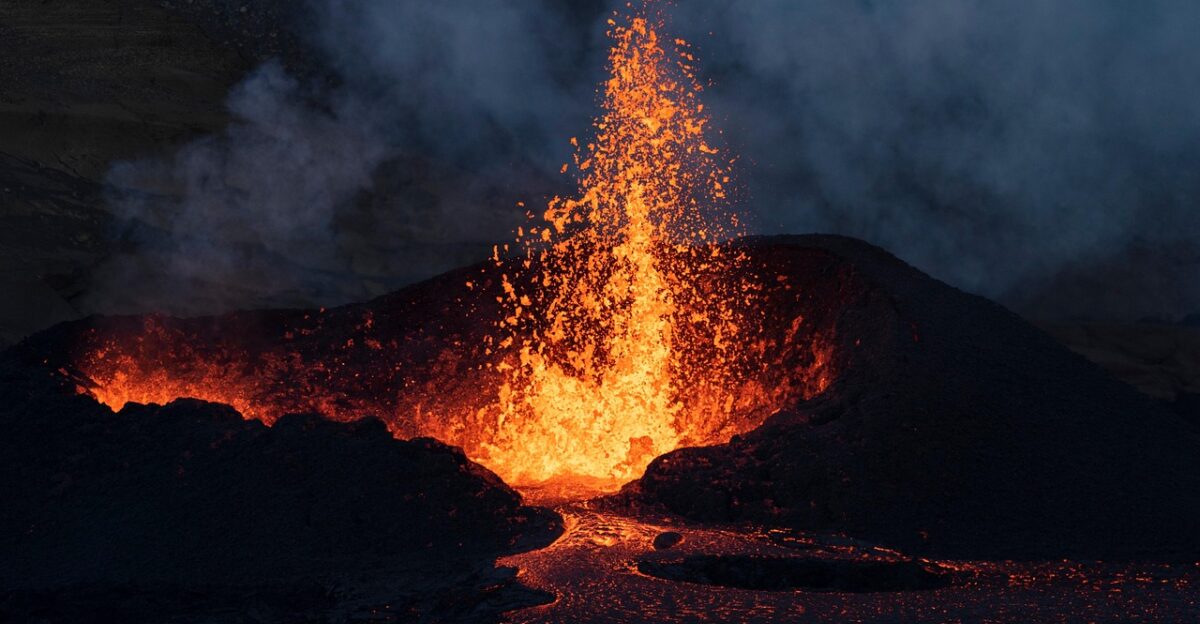
The eruption did not arrive unannounced. Beginning November 21, intermittent spatter fountains and lava overflows alternated between north and south vents. Scientists monitoring seismic data and deformation patterns predicted the eruption window would open between November 25 and 27.
USGS Hawaiian Volcano Observatory stated that “sustained seismic tremor has increased slightly at the summit, with minor tremor bursts suggestive of gas pistoning behavior at the vents.”
Contained Within the Caldera
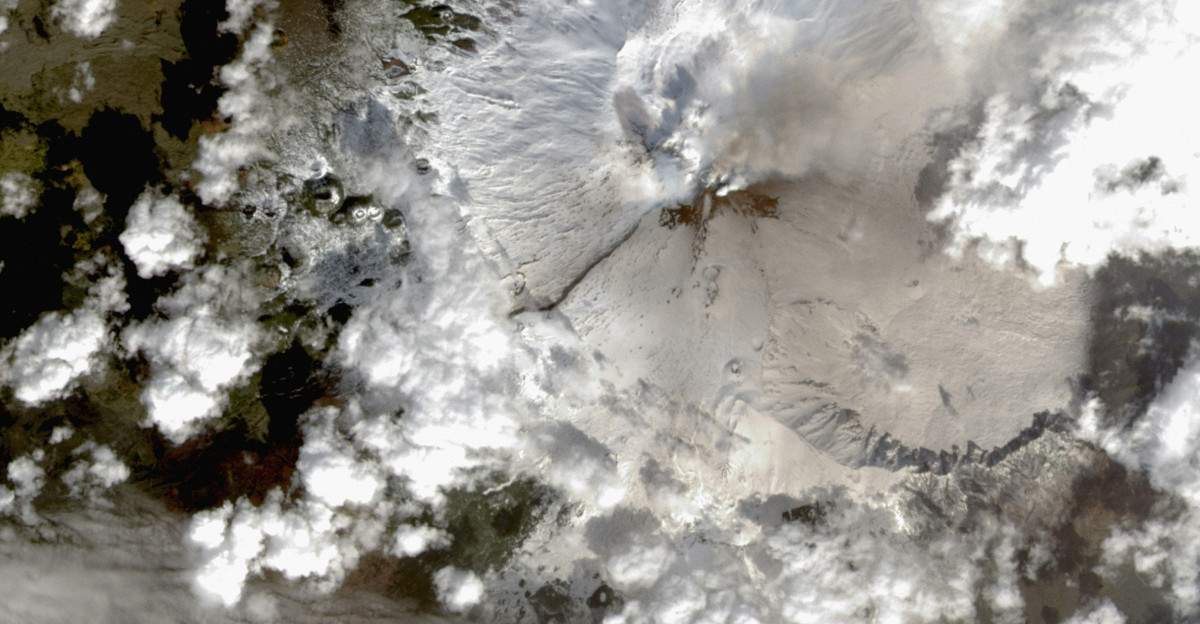
All of Tuesday’s eruption remained confined to Halemaumau Crater within Hawaii Volcanoes National Park. Officials confirmed there was no threat to nearby homes. The volcano’s summit caldera acted as a natural container, keeping molten rock and intense heat safely isolated from populated areas.
“All eruptive activity is confined to Halemaʻumaʻu crater within Hawaiʻi Volcanoes National Park; commercial airports in Hawaii County (KOA and ITO) will not be affected by this activity,” according to the Hawaiian Volcano Observatory.
A Volcano in the World’s Most Active Company
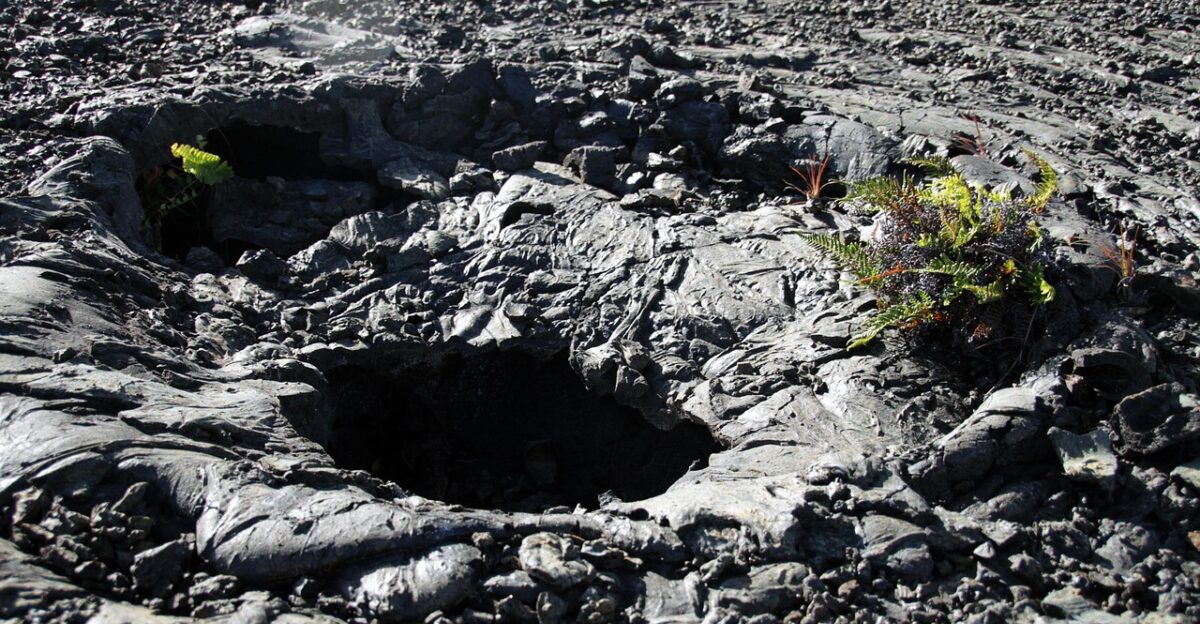
Kīlauea stands among the most relentless volcanoes on the planet. It is one of six active volcanoes in Hawaii and ranks among the world’s most continuously active volcanic systems. Located on Hawaii Island, roughly 200 miles south of Honolulu on Oahu, Kīlauea has shaped the entire landscape of the Big Island through successive eruptions over millennia.
This particular cycle, beginning in December 2024, represents not a crisis but a demonstration of Earth’s raw, patient power to reshape itself.
Heat Felt from Over a Mile Away
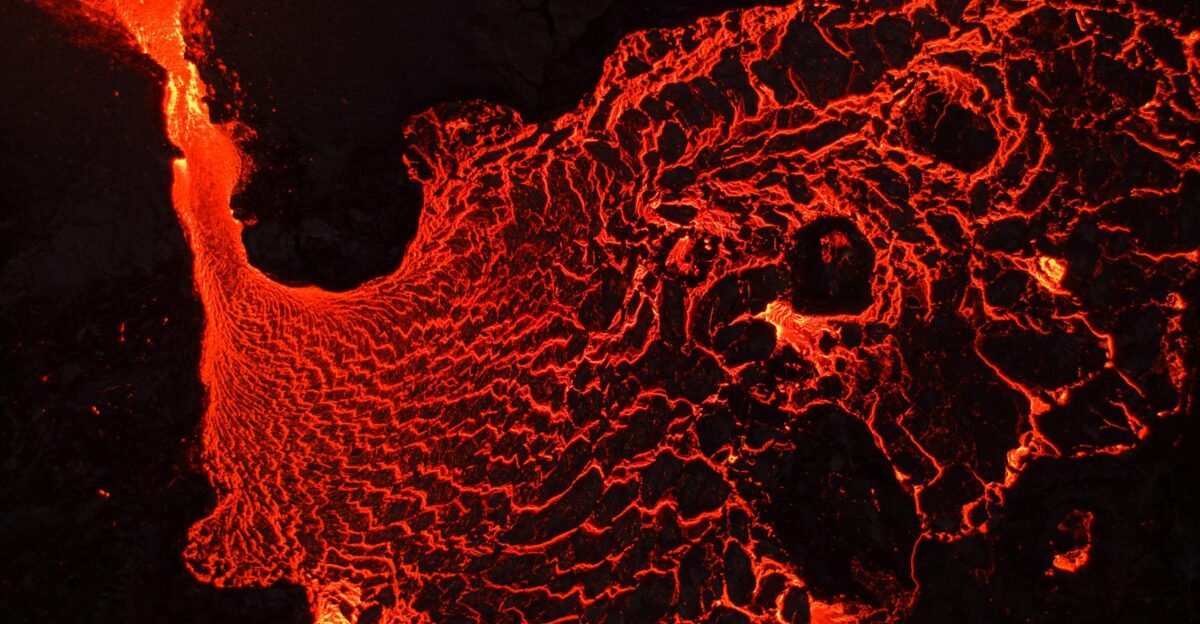
Standing near the crater’s rim, even at a distance of more than one mile, visitors and scientists feel intense radiant heat. Janice Wei described the thermal experience as powerful enough to be felt across the observation area. This visceral warmth originates from lava at temperatures exceeding 2,100 degrees Fahrenheit, which is ejected into the air and radiates energy in all directions.
For those watching livestream, the visual spectacle conveys this power; for those present in person, the experience becomes a full-bodied encounter with Earth’s molten interior.
The Virtual Volcano Boom

The digital revolution has transformed Kīlauea into a global phenomenon. Each eruption draws hundreds of thousands of viewers to livestreams operated by the U.S. Geological Survey and independent volcano enthusiasts. Between 500,000 and 1 million people tune in during major eruption events, making Kīlauea one of the most-watched natural events in real time.
The three official USGS webcams—KPcam, MKcam, and V3cam—stream continuously, allowing people from Tokyo to Toronto to witness molten rock shoot skyward.
A Cycle of Predictability
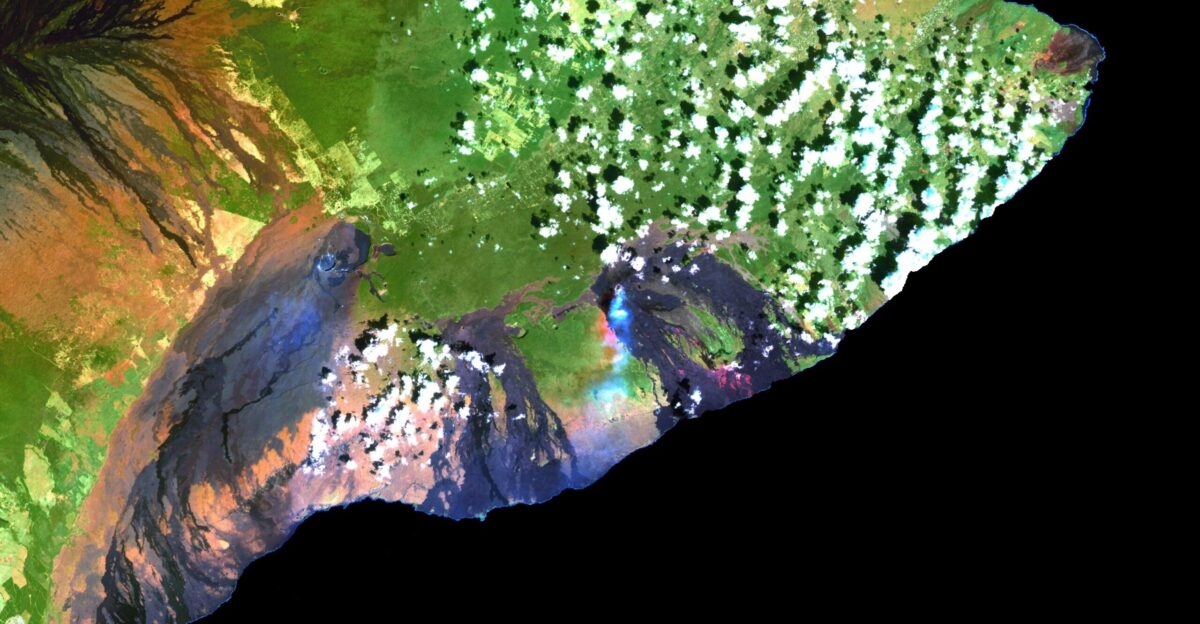
The current eruption cycle demonstrates remarkable regularity. Kīlauea has settled into a pattern: roughly one eruption every nine days, each lasting approximately 24 hours or less, followed by a pause.
This rhythm has made Episode 37 almost routine by volcano standards—predictable enough that scientists forecast eruption windows days in advance. This predictability has turned Kīlauea into a natural laboratory.
The Science Behind the Show
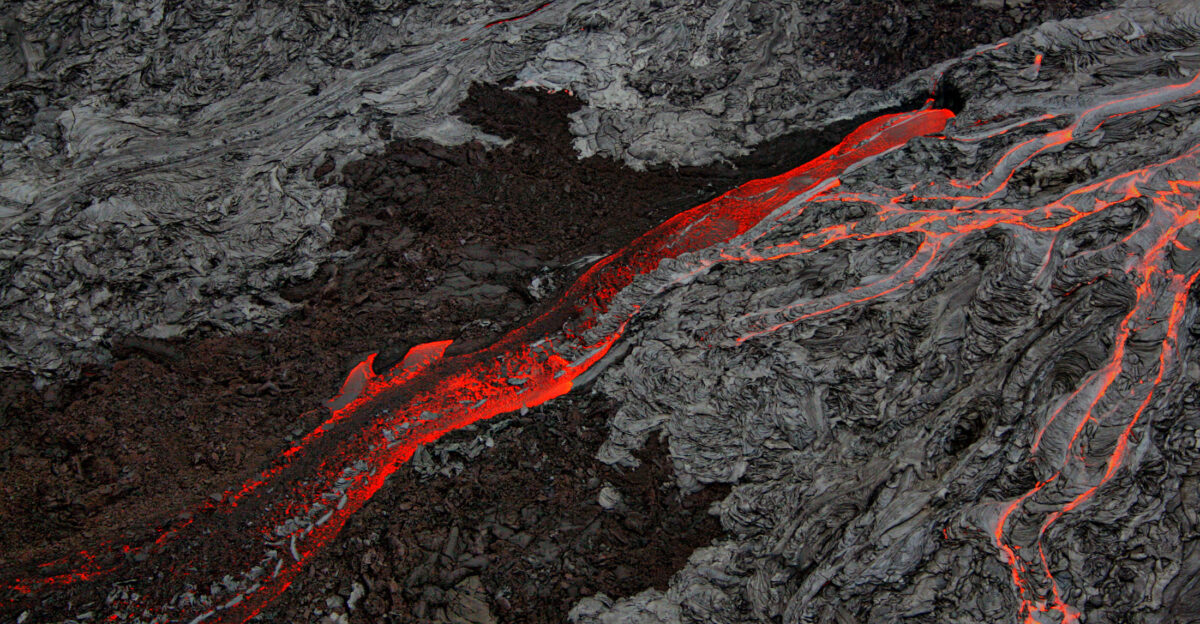
Lava fountains at Kīlauea reach dramatic heights because magma carries dissolved gases—water vapor, carbon dioxide, and sulfur dioxide. As pressure decreases near the surface, these gases rapidly expand, like a shaken soda bottle suddenly opened.
Episodes reaching over 1,000 feet represent the upper limit of what this mechanism can achieve under current conditions.
What Happens Next: The Pause

By Wednesday morning, November 26, Episode 37 was likely nearing its conclusion. True to the established cycle, it will likely end within hours or by that evening, based on historical patterns. Lava fountaining will cease, the glow will fade, and the crater will enter another pause, lasting several days, during which the magma beneath continues its slow, relentless ascent.
During these quiet phases, scientists refine their understanding, adjust instruments, and prepare for Episode 38.
Tourism and Danger

Hawaii Volcanoes National Park remains open during this eruptive cycle, although certain areas are temporarily restricted for safety reasons. The park attracts roughly 2 to 3 million annual visitors, according to National Park Service data, many of whom hope to witness volcanic activity firsthand.
Guides and rangers balance the public’s desire for close encounters with the volcano’s genuine dangers, including toxic gas emissions, unstable ground, and intense heat.
Sacred and Scientific

For Native Hawaiians, Halemaumau Crater represents far more than a geological feature; it holds profound spiritual significance. It is the home of Pele, the volcano goddess central to Hawaiian spiritual tradition.
Park Service volunteers like Janice Wei work at the intersection of these worldviews, documenting eruptions through photography and video while respecting the crater’s sacred standing. “According to Native Hawaiian beliefs, this crater is revered as the sacred dwelling of Pele, the volcano goddess,” park staff explain to visitors.
Why Kīlauea Matters
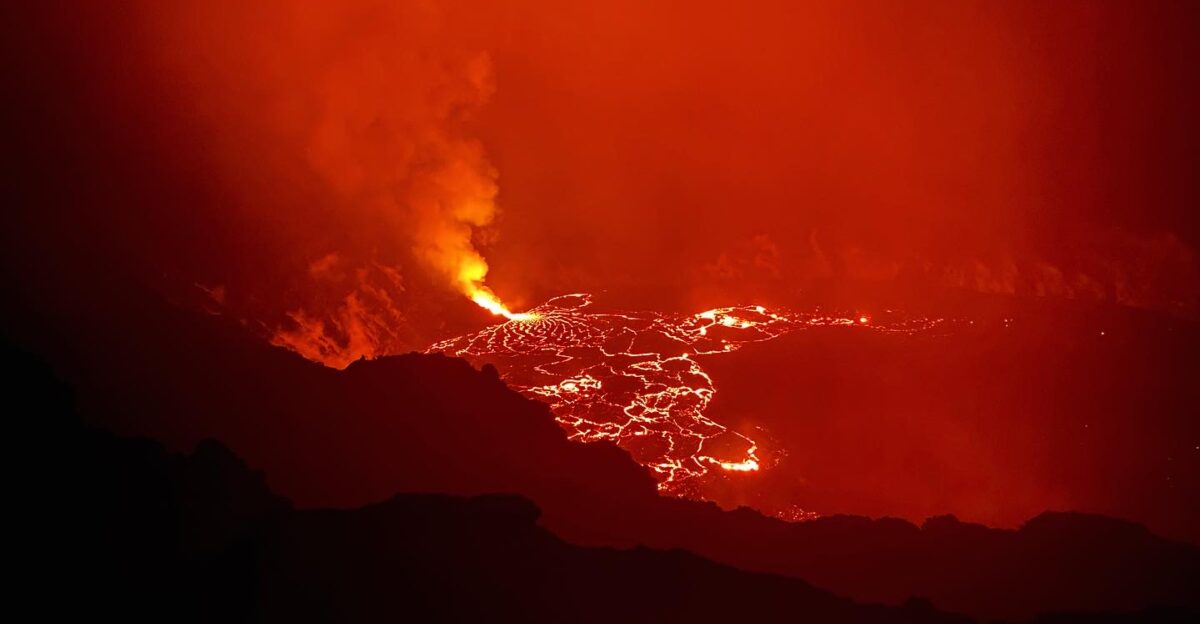
The current eruption cycle demonstrates why Kīlauea captures global scientific attention and public imagination. It is accessible—only 200 miles from Honolulu, viewable online, and largely safe for observers at designated distances. It is predictable enough to allow forecasting yet powerful enough to demand respect.
It connects to ancient Hawaiian culture while providing data that advances volcanology worldwide. Past eruptions in this cycle produced lava fountains up to 1,200 feet high, making this cycle one of the most vigorous in recent decades. When the next eruption begins, hundreds of thousands will watch.
Sources
U.S. Geological Survey Hawaiian Volcano Observatory, November 2025 Activity Reports and Real-Time Monitoring Data
National Park Service, Hawaii Volcanoes National Park Official Records and Visitor Data
USGS 24/7 Volcano Monitoring Webcams (KPcam, MKcam, V3cam) and Livestream Archives
Hawaiian Volcano Observatory Eruption Forecasts and Seismic Analysis, Episode 37